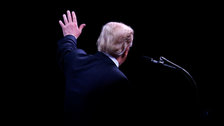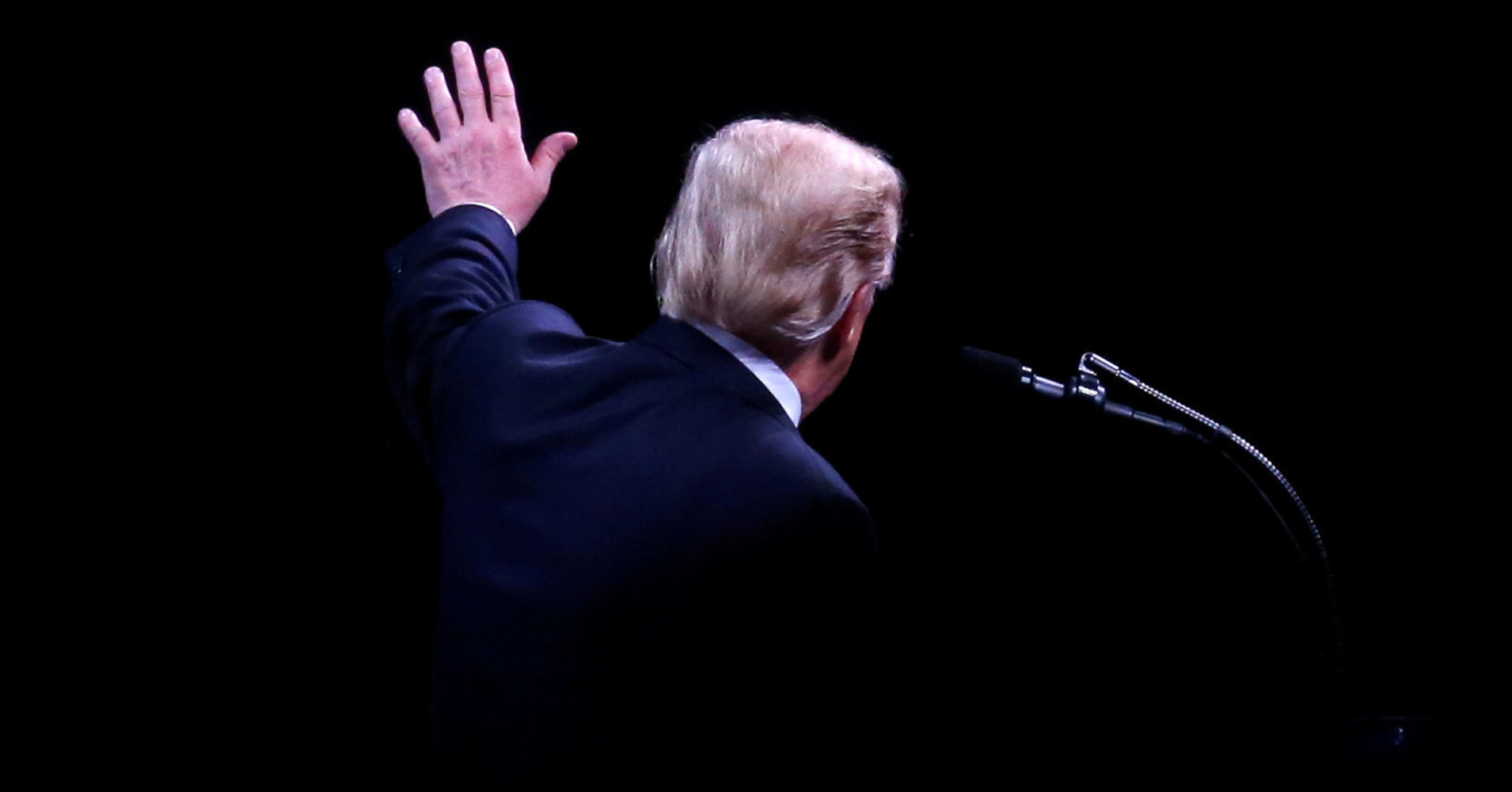[ad_1]

Stop-and-frisk policing isn’t a partisan issue. It doesn’t curb crime, it’s often costly to taxpayers and it disproportionately affects people of color. It just doesn’t work, and there’s years of real-world evidence to prove it.
President Donald Trump either doesn’t realize this or doesn’t care. He’s been calling for stop and frisk to address crime and gun violence since he was campaigning in 2016. Back then, he said it worked “incredibly well” in New York City. It did not.
Today, Trump is advocating for a stop-and-frisk policy in Chicago, and called on the Justice Department to help curb crime there.
“The crime spree is a terrible blight on that city,” he said Monday at an International Association of Chiefs of Police convention in Orlando, Florida. “Gotta be properly applied, but stop and frisk works.”
What Trump failed to note, and what The Associated Press reported, is that Chicago’s homicide rate and number of shooting victims are down compared to this time last year. The city has seen 102 fewer homicides and almost 500 fewer shooting victims in 2018 compared to the first nine months of 2017.
To be sure, Chicago has a problem with violent crime. It still has more homicides than New York and Los Angeles combined. But they fell from 771 in 2016 to 650 in 2017, a decline of more than 100 ― and that happened after Chicago effectively ended its stop-and-frisk policy in 2015, following the threat of a lawsuit from the American Civil Liberties Union.
We’ve seen this before. New York City dropped stop and frisk in 2014, after a federal judge ruled that it violated the constitutional rights of people of color in the city.
In the tactic’s heyday, police officers were stopping citizens more than 685,000 times a year, according to New York Civil Liberties Union statistics. Only about 3 percent of those stops actually resulted in the discovery of a weapon, and the majority of those findings were knives. Meanwhile, 80 percent of the stops involved black or Hispanic suspects, although those groups account for only half of the city’s population.
Plus, stop-and-frisk policies tend to erode morale and community trust, while carrying little to no benefit.
“There’s a place for stop, question and frisk in policing, but it’s not a 700,000-stops-in-a-city place, carried out by untrained police officers, newly out of the academy,” David Weisburd, chair of the National Academy of Sciences Committee on Proactive Policing, told HuffPost in January. “It shouldn’t be used as a general strategy. You don’t apply an overwhelming radiation treatment to somebody that has a cold.”
As New York’s stop-and-frisk policy petered out and died, the number of police stops plummeted to less than 11,000 in 2017. Overall crime and homicides remained stagnant or dropped after the policy was nixed, despite then-Mayor Michael Bloomberg’s claim that a lot of people would die.
Trump’s most recent comments could be chalked up to pandering to local police. Last week, Chicago officer Jason Van Dyke was found guilty of second-degree murder and 16 counts of aggravated battery after he gunned down Laquan McDonald in 2014. At the time of the incident, McDonald was armed with a knife. Officers argued in their defense that they feared for their lives because McDonald, who was 17, might have been carrying a gun.
Nick Wing contributed reporting.
[ad_2]
Source link

